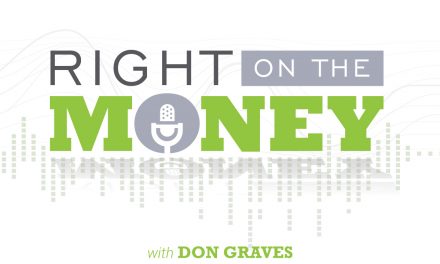Forecasting and pro-active adjustments can lessen the load at tax time, and also help retirees keep more of their monthly Social Security.
Retirees and other taxpayers who wait until January 1 or later to impact their prior year’s tax situation are mostly out of luck. A proactive approach beginning in September or October, that utilizes a combination of historical data and forecasting, can generate additional spendable income each month in the following year.
Similar to the fourth quarter of a football game, October – December is a crucial time for game-changing tax decisions. But without a proactive tax management approach, retirees’ ongoing tug-of-war with the IRS over Adjusted Gross Income (AGI) will only serve to boost tax collections at the expense of their spendable income.
To reverse this trend, a tax-trained retirement planning specialist equipped with several years’ tax returns – and acting well before December 31 – can cite threats to the retirees’ AGI in advance, and provide helpful recommendations before it’s too late.
The aforementioned AGI tug-of-war has several dimensions. One that works against all taxpayers is the requirement to pay taxes on distributions within mutual funds and exchange traded funds – even when the overall fund has a sub-par year – as many experienced in 2015. In addition to management fees, this only adds insult to injury. Another tax escalator is ancillary or other-source income that impacts Medicare deductions at the expense of Social Security.
Several pushback measures are available, aided by forecasting and timely execution. These include:
• Selling an asset with a loss in order to offset a known gain, as in the mutual fund/ETF example.
• Balancing an identifiable difference between standard income taxes and the increasingly pervasive and incremental Alternative Minimum Tax (AMT).
• Transferring taxable mutual funds into life insurance policies or tax-deferred annuity contracts.
• Strategically converting qualified-fund assets into Roth IRAs, where assets grow tax-free forever. A multi-year conversion is not only common, but wise, in order to divert funds from AGI that could unknowingly land the retiree in the next-higher tax bracket.
• Allocating up to 100% of a qualified account’s required minimum distribution (RMD) to charity. This will keep those funds out of AGI and provide a deduction for those who itemize. Suppressing AGI also serves to minimize thresholds for the deductibility of medical expenses and others that can be itemized.
Retirees often focus more on the common inputs to AGI – income and deductions – than the impacts of AGI, namely, the ripple effects to federal and state income tax bills. By shifting their vision and mindset to tax management, retirees may realize favorable outcomes that include more spendable income from their monthly Social Security benefits.
Syndicated financial columnist Steve Savant interviews top retirement specialists in their field of expertise. In this segment we’re talking to certified financial planner, registered financial consultant and certified tax coach George McReynolds. Right in the Money is a financial talk show distributed in daily video press releases to over 280 media outlets and social media networks.





